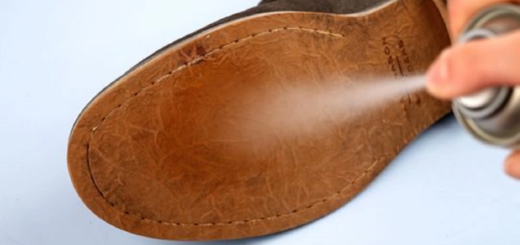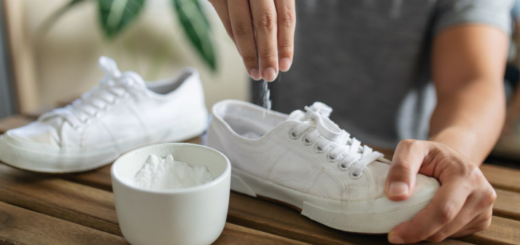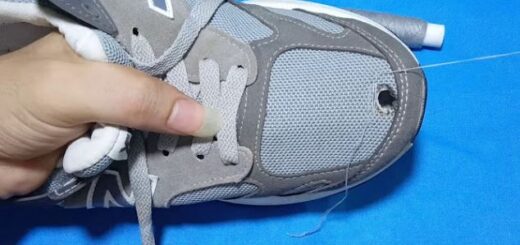Knowing When to Retire Your Worn-Out Shoes
Parting ways with a favorite pair of shoes isn’t easy. They’ve supported you through countless steps and probably a few adventures, too. But even the most cherished footwear reaches a point where it’s doing more harm than good. Worn-out shoes can lead to discomfort, posture issues, and even long-term foot problems. Understanding the lifespan of different types of shoes can help you stay ahead of the wear and protect your feet.
Here’s a breakdown of when it’s time to let go of your footwear based on its style and usage.
Sandals: Replace Within a Few Months
While sandals are perfect for sunny days and casual strolls, they aren’t built for endurance. Lightweight and often made from less durable materials, sandals can degrade quickly with exposure to water, heat, and frequent use. Flip-flops, in particular, tend to lose shape and cushioning in just a month, especially if you wear them daily to the beach or around town.
Fashion sandals might last up to three months if treated gently, but once the straps start to stretch, or the soles begin to wear down unevenly, it’s time to move on. Because they’re worn barefoot, sandals can also accumulate bacteria, which may cause foot odor or skin irritation over time.
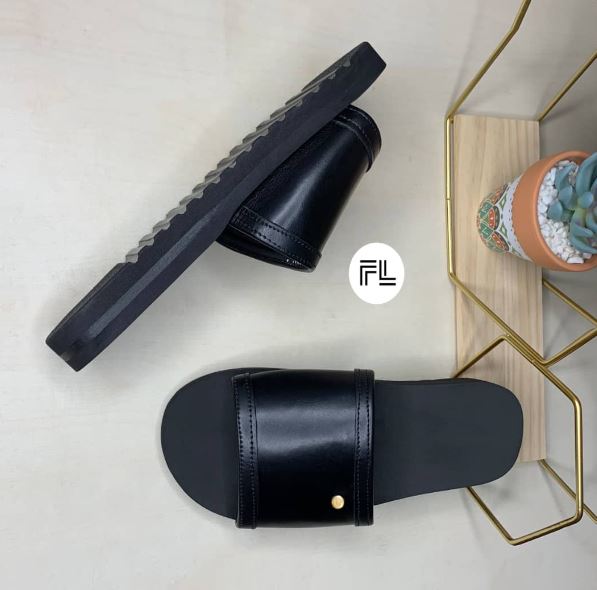
Running Shoes: Time to Replace Every 3–6 Months
Running shoes are designed for performance and impact absorption, but their structure breaks down quickly under pressure. The average running shoe offers solid support for 350 to 500 miles. Depending on your mileage and routine, this generally translates to about three to six months of use.
It’s not always the visible signs—like holes or torn fabric—that signal a problem. Even minor midsole compression or uneven treads can compromise alignment and lead to joint stress. If your workouts involve intense movements or trail running, expect your shoes to wear faster. Replacing your running shoes regularly helps prevent injuries such as shin splints, plantar fasciitis, or knee pain.

Sneakers: Good for 6–9 Months of Casual Use
Your everyday sneakers can hold up a bit longer than your running pair since they typically aren’t subjected to high-impact activities. A quality pair of casual sneakers may serve you well for six to nine months, provided you rotate them and avoid excessive exposure to moisture or rough terrain.
Proper care is key to getting the most out of your sneakers. Gentle cleaning with non-abrasive products helps preserve the materials, while inserting a shoehorn when putting them on helps protect the structure. Watch out for thinning soles, collapsing heel counters, or permanent odors—all signs that your sneakers are past their prime.
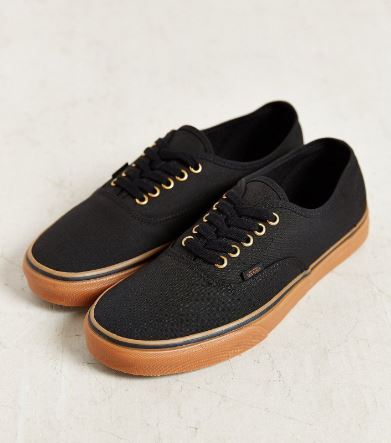
Heels: Hold Up for 1–2 Years with Care
Heels are usually reserved for specific events or formal occasions, which means they tend to last longer than daily-use footwear. A well-crafted pair can remain in good shape for one to two years, especially if stored properly and handled with care.
However, wear and tear in heels isn’t always obvious. Peeling linings, wobbly heels, and dulled color can creep in slowly. If you’re noticing discomfort or instability, it’s time to assess whether repair or replacement is the best route. High-end designer heels may justify a visit to a cobbler to replace the heel tip or re-line the insole, which can extend their life without sacrificing quality or style.
Dress Shoes: Durable for 5–10 Years with Maintenance
When it comes to long-term investment, nothing beats a solid pair of dress shoes. Constructed from sturdy materials like leather and designed with resolable soles, dress shoes can easily last between five and ten years—or even longer with proper upkeep.
These shoes benefit greatly from routine maintenance. Polishing regularly, using cedar shoe trees, and rotating between pairs allows them to retain their form and luster. Any signs of leather cracking, loose stitching, or worn-out soles should be addressed early. Many high-quality dress shoes can be resoled multiple times, making them a sustainable and cost-effective choice in the long run.

Conclusion
Footwear isn’t just a fashion statement—it’s an essential part of your daily health and mobility. While it might be tempting to hold on to your favorite pair a little longer, doing so can come at a cost. Paying attention to how your shoes feel, look, and function ensures your feet remain supported and pain-free.
So, before you take another step in those tired soles, ask yourself: are your shoes still doing their job, or is it time to start shopping for a new pair?
FAQs about Replacing Shoes
How often should I replace my running shoes?
Every 3 to 6 months or after 350 to 500 miles, depending on usage intensity and surface.
When do sandals need to be thrown out?
Flip-flops should be replaced every month, while fashion sandals can last up to three months with light use.
Can sneakers last longer with proper care?
Yes, regular cleaning and careful handling can extend their lifespan to about 6 to 9 months.
What are signs my heels need replacing?
Look for worn soles, loose heels, or discomfort—especially if polish and repairs no longer restore their condition.
Is it worth repairing expensive heels?
Yes, high-end heels can often be repaired by a cobbler, making them last longer without full replacement.
How long do dress shoes typically last?
With proper maintenance, quality dress shoes can last 5 to 10 years or more.
Why is it risky to wear worn-out shoes?
Old shoes can cause misalignment, poor posture, and foot pain due to lack of proper support.
Can I resole all types of shoes?
Not all—only certain shoes like dress shoes with stitched soles are designed to be resoled effectively.

